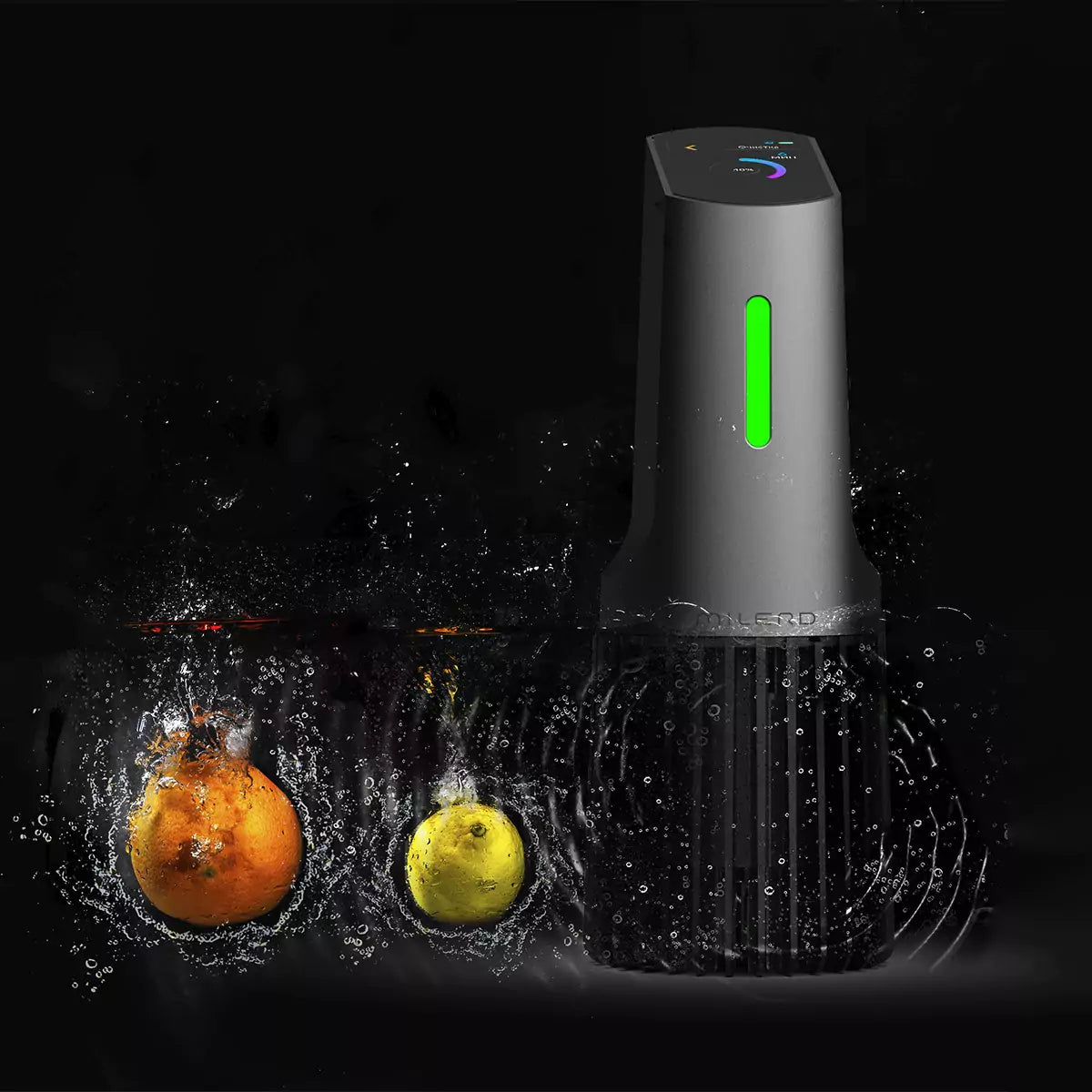In 1948, perhaps the most well-known and disastrous pollution incident occurred in Donora, Pennsylvania, USA. Severe industrial smog from local factories filled the air with heavy pollution that caused serious respiratory symptoms in over a hundred residents and killed twenty people. This event brought about the need to monitor any changes in air quality, which eventually triggered the development of the first air pollution regulations.
The Donora tragedy represented a watershed moment in environmental consciousness and public health policy.

Air quality monitoring employs sophisticated techniques as well as technology. For example, sensors and analyzers are instrumental in taking measurements of pollutant concentrations in real-time, thereby providing essential information needed to issue warnings or implement control measures. Satellite-based remote sensing has also emerged as an important method for assessing global outdoor air quality, hence helping to identify sources and trends of pollution.
An interesting fact about modern air quality monitoring technologies
Laser spectroscopy is an advanced technology that has transformed how air quality is monitored today, among others, such as Internet of Things-based detectors. The moment-to-moment observation of different concentrations of contaminants is possible through these high-tech systems, with the utmost precision for timely decision-making on air quality.
Laser Spectroscopy
Air quality monitoring uses a powerful method called laser spectroscopy. This method detects and quantifies different contaminants within air samples by passing laser beams through the sample. It is highly sensitive and can detect even minute amounts of VOCs. Due to the high accuracy offered by laser spectroscopy, this technique is indispensable in terms of environmental health research and public health protection.
IoT-Based Sensors
Further, introducing Internet of Things (IoT) technology in air quality monitoring has greatly improved our capacities. These sensors, which depend on IoT, are small and cheap and can be distributed in hundreds of urban and rural territories. Such tools constantly accumulate information about various airborne contaminators, like fine particles like PM 10/PM 2.5, ozone, or SO₂. Consequently, this data is sent to central data systems via wireless networks or individual mobile devices.
Real-Time Data and Public Accessibility
The ability to give real-time information about indoor air quality is one of the most important advantages of these new technologies. For instance, modern mobile phone applications and internet sites can display the most up-to-date information on pollution status in a certain area. In cases of high levels of pollution, individuals, such as those with respiratory problems, will be able to know when it’s not good for them to do outside exercises, while children can be kept indoors due to the dire state of the air.

Laser spectroscopy and IoT-based sensors are two leading modern examples of technology used in air quality control that have contributed immensely to today's science community. These latest inventions provide real-time, accurate information that creates awareness among people about public health and how best to enhance their safety against polluted atmospheres, thus supporting the need for continuous innovation in our fight against airborne diseases.
Introduction to the importance of air quality monitoring
The health and welfare of human beings should be considered when assessing air quality. Contaminated air may have hazardous pollutants and volatile organic compounds responsible for bronchitis, asthma, cancer, and cardiovascular disorders. However, when pollution levels are detected and monitored in good time, it becomes possible to take measures to enhance air standards and reduce adverse health effects.
Importance of Timely Monitoring
Air quality monitoring enables the identification of pollution sources and the implementation of control measures to mitigate harmful emissions. By detecting industrial emissions, vehicular pollution, and other sources of airborne contaminants, monitoring allows authorities to take corrective action.
If we are proactive, we will improve our health, prevent it from worsening, and save those who are most likely to suffer.
Monitor the quality of air everywhere to maintain a sound state of being for humanity. This helps in understanding and managing pollution through timely interventions and long-term measures that can reduce health hazards while improving our living surroundings.
Examples of how monitoring air quality affects health and well-being
Arranging their programs and refraining from intense exercises outside is how those who live in towns use air quality information. For example, people suffering from asthma or other respiratory health problems stay in during times of heavy pollution to avoid the possibility of flare-ups. Similarly, public health alerts based on air quality data can be used to tell people when it is a good time for them to participate in outdoor activities.
Workplaces
In workplaces, monitoring air quality helps minimize the possibility of occupational diseases, thus making it a healthy environment to work in. In industrial settings like factories, where employees are exposed to dust, gases, or chemicals, monitoring systems can help highlight dangerous levels of pollutants and trigger emergency actions. This boosts employee productivity by reducing cases of absenteeism arising from ill health and safeguarding their health.
Public Health and Quality of Life
Enhancing public health and quality of life is promoted using the latest air monitoring technologies. Early detection of harmful pollutants is possible through continuous monitoring, thus allowing timely intervention for environmental impact control. Cities, for instance, can apply air quality data to enforce traffic handling practices or establish regulations to curb emissions. All these attempts combine in the long run to have cleaner air, reduce healthcare costs, and ensure a healthier population.
The Milerd Aero Q4 is a multifunctional radon gas analyzer that measures Rn concentrations, humidity levels, and room temperature. The air monitor is suitable for use in homes or commercial places because it provides precise and dependable information to ensure safety and health.

Milerd Aero Q8 has a simple interface and live monitoring capability, which makes it easy for users to view indoor climate data such as temperature, relative humidity (RH), carbon dioxide (CO2), particles per million (PPM), and volatile organic compounds (VOCs) among others. The latest detectors provide comprehensive measurements to keep you informed about the radon around you.
The compact and sleek design of the portable Milerd air quality analyzers makes it a convenient addition to any space, while its robust construction ensures long-lasting performance.



Commenta
Questo sito è protetto da hCaptcha e applica le Norme sulla privacy e i Termini di servizio di hCaptcha.